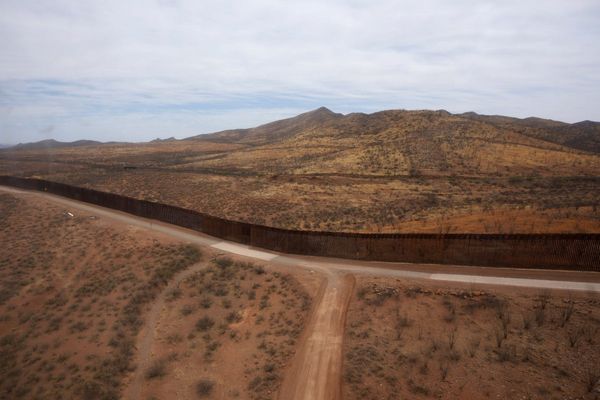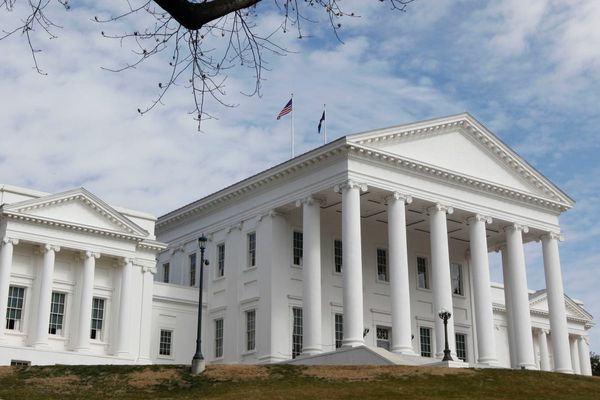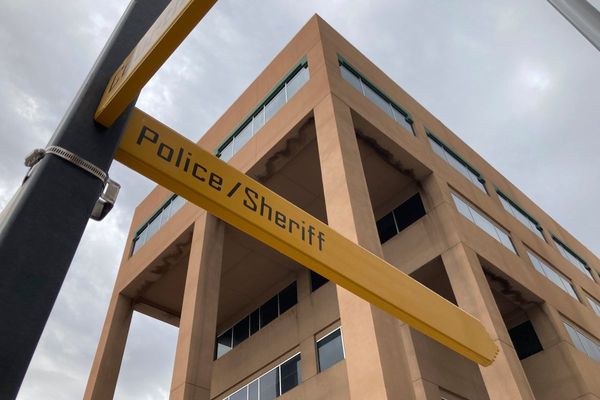NEARLY 200 people have died after a plane skidded off a runway at a South Korean airport before bursting into flames, officials have said.
The National Fire Agency said rescuers raced to pull people from the Jeju Air passenger plane carrying 181 people at the airport in the town of Muan, about 180 miles (290km) south of Seoul.
At least 176 people were killed after the plane skidded off the runway, slammed into a concrete fence and burst into flames after its front landing gear reportedly failed to deploy.

At least 176 people – 83 women, 82 men and 11 others whose genders were not immediately identifiable – died in the fire, the fire agency said.
The death toll is expected to rise further as the rest of those on board the plane remain missing about six hours after the incident.
Emergency workers pulled two people, both crew members, to safety, and local health officials said they remain conscious.
The fire agency deployed 32 fire trucks and several helicopters to contain the blaze. About 1,560 firefighters, police officers, soldiers and other officials were also sent to the site, it said.
Footage of the crash aired by YTN television showed the Jeju Air plane skidding across the airstrip, apparently with its landing gear still closed, and colliding head-on with a concrete wall on the outskirts of the facility.
Other local TV stations aired footage showing thick plumes of black smoke billowing from the plane, which was engulfed in flames.
Lee Jeong-hyeon, chief of the Muan fire station, told a televised briefing that the plane was destroyed, with only the tail assembly remaining recognisable among the wreckage.
He said workers are looking into various possibilities for the cause of the crash, including whether the aircraft was struck by birds.

The pilot sent out a distress signal shortly before the plane went past the runway and skidded across a buffer zone before hitting the wall, the officials said.
Senior transport ministry official Joo Jong-wan said workers have retrieved the plane’s flight data and cockpit voice recorders, which will be examined by government experts, and that the runway at Muan airport will be closed until January 1.
Emergency officials in Muan said the plane’s landing gear appeared to have malfunctioned.
The transport ministry said the plane’s passengers included two Thai nationals.
In a post on Twitter/X, Thai prime minister Paetongtarn Shinawatra expressed deep condolences to the families of those affected by the accident. She said she had ordered the foreign affairs ministry to provide assistance immediately.
Kerati Kijmanawat, director of the Airports of Thailand, confirmed in a statement that Jeju Air flight 7C 2216 had taken off from Suvarnabhumi Airport with no reports of abnormal conditions with the aircraft or on the runway.
Jeju Air issued a statement expressing its “deep apology” over the crash and said it will do its “utmost to manage the aftermath of the accident”.
In a televised news conference, the airline’s chief executive, Kim E-bae, gave a deep bow with other senior company officials as he apologised to bereaved families and said he feels “full responsibility” for the incident.
He said the company had not identified any mechanical problems with the aircraft following regular checks and that he would wait for the results of government investigations into the cause of the incident.
Boeing said in a statement on Twitter/X that it is in contact with Jeju Air and ready to support the company in dealing with the crash.
“We extend our deepest condolences to the families who lost loved ones, and our thoughts remain with the passengers and crew,” it said.
It is one of the deadliest disasters in South Korea’s aviation history.







